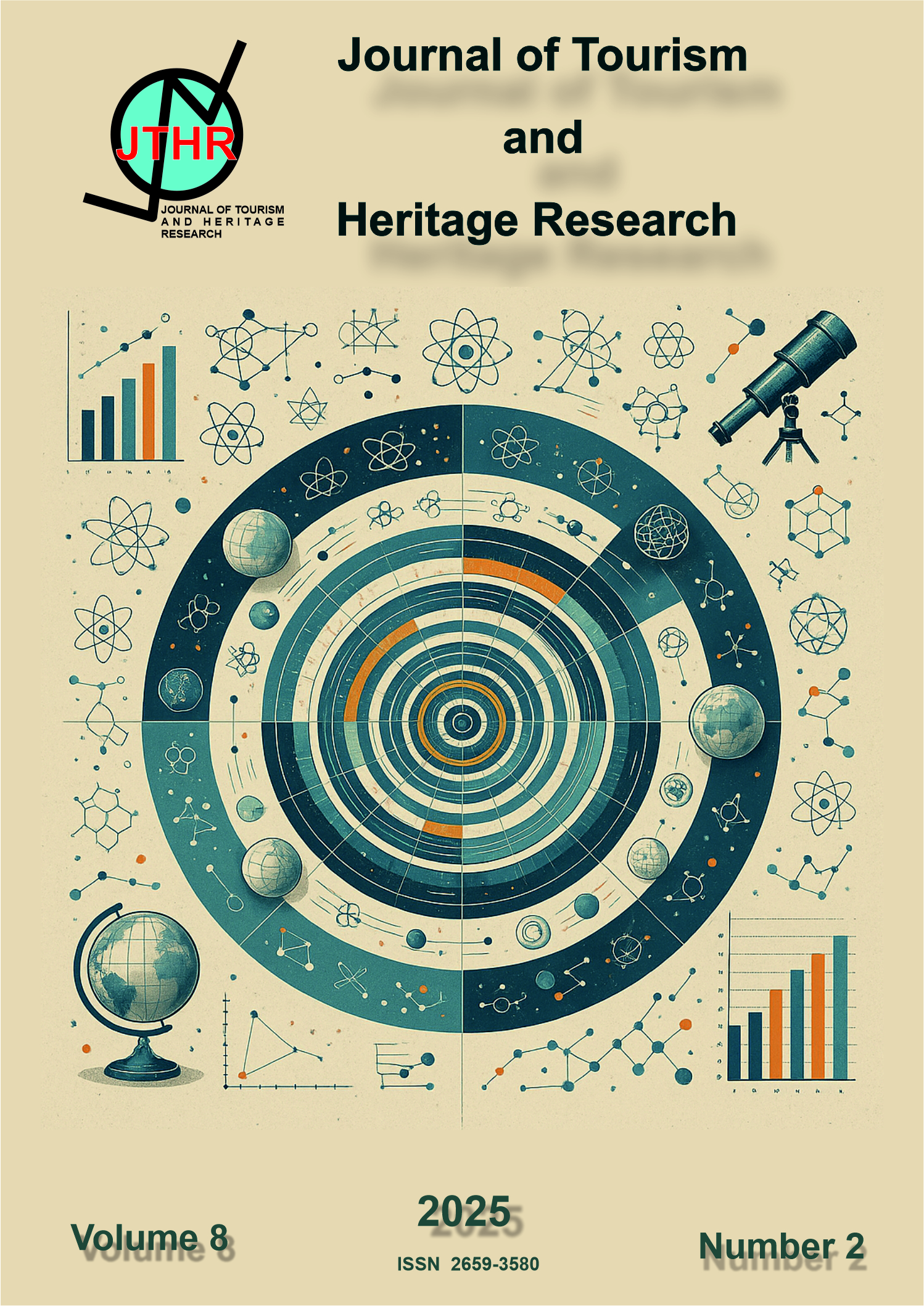The emotional impact of embroidered stripes as a cultural mark of the State of Tabasco
Abstract
Those that not only represent the art of embroidery, those that carry the joy of a people, these are the embroidered strips or Nacajuca, Tabasco, a symbol of Tabasco´s emotionality. The decree of april 2024 allows the art captured in the lomillo stitch embroidery that has distinguished Tabasco culture to become a piece that is making its way as a distinctive mark of the región; its recognition and protection as the cultural heritage of the state of Tabasco allows us to see the importance of this art. According to PRONACES-CULTURE, focused on the recognition of the prectices, knowledgw, and traditions that are generated in the cultural environment of Mexico, through a quantitative, exploratory methodology, with 221 participants, this research contributes to the recognition of the peoples ande their culture, in the particular case of Tabasco, and recognizes the emotionality of the embroidered strips as a cultural mark of th state.
References
Cruz, A. (2012). La razón de las emociones formación social, política y cultural de las emociones. Revista Eleuthera, 6, 65–81. https://www.redalyc.org/pdf/5859/585961835006.pdf
Dylman, A. S., Champoux-Larsson, M.-F., & Zakrisson, I. (2020). Culture, Language and Emotion. Online Readings in Psychology and Culture, 4(2). https://doi.org/10.9707/2307-0919.1167
Fraguas, J. B., & Lerena, E. G. (2024). The 2030 Agenda at the World Tourism Organization: communicating sustainability. PASOS Revista de Turismo y Patrimonio Cultural, 22(2), 265–274. https://doi.org/10.25145/j.pasos.2024.22.018
Gallego, M. D. (2021). Educación Artística y comunicación del Patrimonio de Al-Ándalus a través del diseño textil contemporáneo. Una propuesta didáctica y pictórica. Cuadernos Del Centro de Estudios de Diseño y Comunicación, 141. https://doi.org/10.18682/cdc.vi141.5116
García, C., Perez, B., & Navarrete, M. del C. (2021). La “Tira Bordada” como recurso territorial turístico del patrimonio cultural de Tabasco (México). Revista internacional de turismo, empresa y territorio, 2(5), 162–174. https://doi.org/https://doi.org/10.21071/riturem.v5i2.13689
Hernández, R., Fernández, C., & Baptista, M. (2014). Metodología de la Investigación.
Marroquín, M. L. (2022). Las tradiciones, las costumbres y el patrimonio cultural de Guatemala. Revista Guatemalteca de Cultura, 2(1), 31–39. https://doi.org/10.46954/revistaguatecultura.v2i1.18
Piñero, V. (2022). Agenda 2030 y cultura. Culturas. Revista de Gestión Cultural, 9(2), 76–88. https://doi.org/10.4995/cs.2022.18675
Triviño, Y., Chiriboga, E., Mora, F., & Ruíz, J. (2025). Expresiones Materiales e Inmateriales: Marco de Referencia de la Identidad Cultural del Cantón Santa Lucía-Prov. del Guayas-Ecuador. Journal of Tourism and Heritage Research, 8(2), 18–34.
UNESCO (2022, 14 Junio), La UNESCO llama a la protección del patrimonio cultural. https://www.unesco.org/es/articles/la-unesco-llama-la-proteccion-del-patrimonio-cultural
Utrilla, S., Pérez, A., & Santamaria, A. (2024). El diseño como elemento de identidad educativa y preservación del patrimonio cultural: rebozos de tenancingo. In Erika Rivera Gutiérrez (Ed.), Educación: realidades transformadas con diseño (Primera edición, pp. 83–97).
Walls, M. (2020). Aportes de la comunicación para la difusión del patrimonio cultural. Revista de Ciencias de La Comunicación e Información, 49–55. https://doi.org/10.35742/rcci.2020.25(1).49-55
XEVA, (viernes 26 abril 2024). https://xeva.com.mx/tabasco/231686/tiras-bordadas-seran-patrimonio-cultural-de-tabasco

This work is licensed under a Creative Commons Attribution 4.0 International License.
1.The works published in this magazine are subject to the following terms: Tourism Research Association (the publisher) preserves the patrimonial rights (copyright) of the published works, and favors and allows the reuse of them under the license of use indicated in point 2.
© Investur, 2017
2.The works are published in the electronic edition of the magazine under a Creative Commons Attribution-NonCommercial-NoDerivative 3.0 Spain (legal text) license. They can be copied, used, disseminated, transmitted and publicly displayed, provided that: i) the authorship and the original source of their publication (journal, editorial and URL of the work) are cited; ii) are not used for commercial purposes; iii) the existence and specifications of this license are mentioned.
3. Self-file conditions. Authors are allowed and encouraged to disseminate electronically the pre-print versions (version before being evaluated) and / or post-print (version evaluated and accepted for publication) of their works before publication, since it favors their circulation and earlier dissemination and with it a possible increase in its citation and scope among the academic community.


